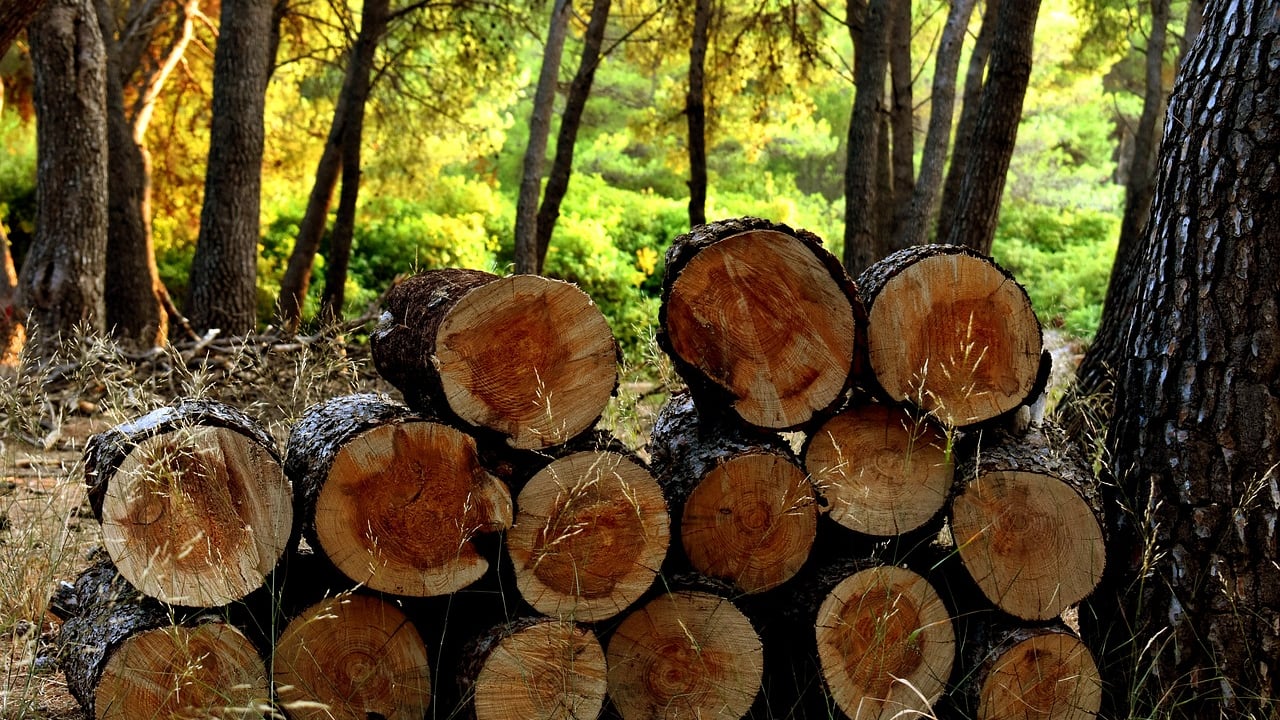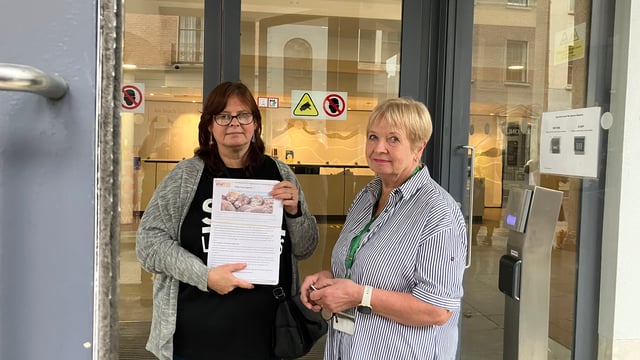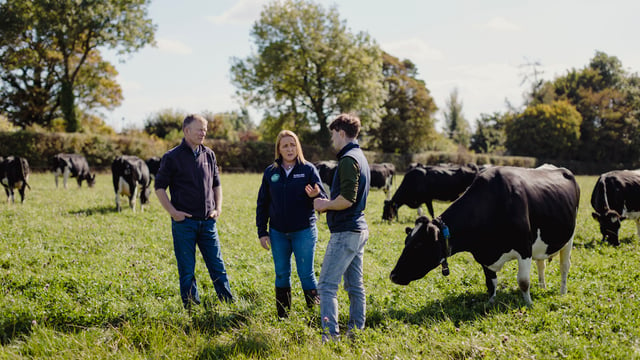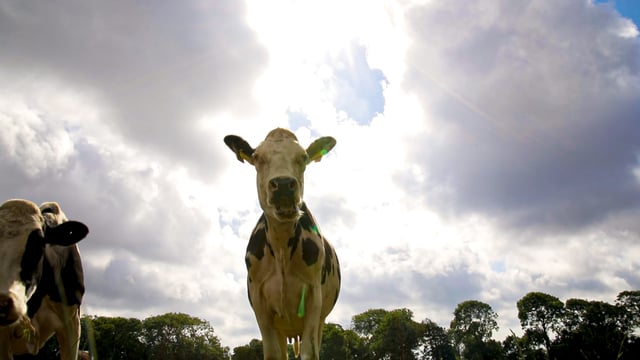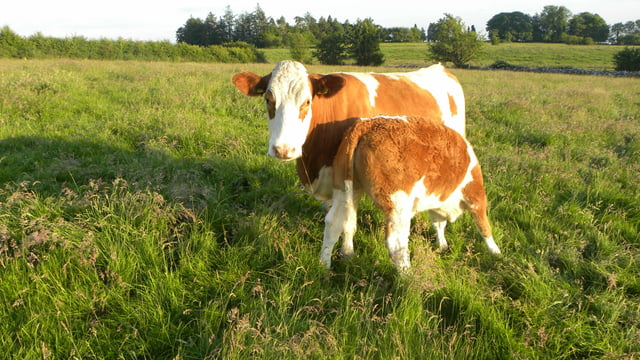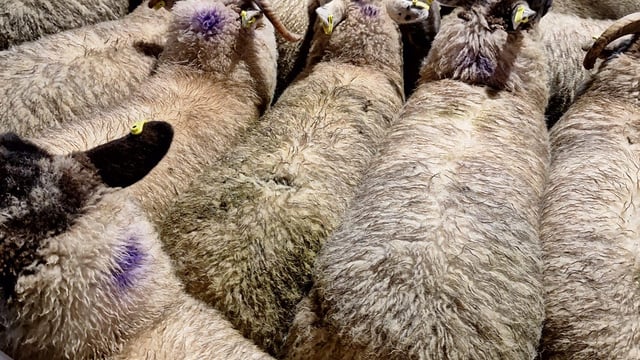FII: Forestry opportunities on 394 sites lost to land restrictions
Forest Industries Ireland (FII) member companies have reported that they have had to walk away from 394 sites, with a combined area of 3,140ha, since January 2024 due to land restrictions.
The forestry and timber trade association within Ibec surveyed its forestry company members about the scale of forestry opportunities being lost to land restrictions. This is in the context of total annual planting of around 2,000ha.
The survey asked companies to report on the number of potential forestry sites that they have viewed and been unable to proceed with because of the various restrictions on lands eligible for planting.
Forestry companies across the country are reporting that there are "large numbers" of farmers interested in the afforestation scheme but the sites they wish to plant are not compliant due to environmental restrictions.
The main reasons for being unable to proceed with an application to the afforestation scheme as identified by FII member companies are:
- Presence of peat or peat soils (43%);
- High Nature Value farmland (19%);
- Unenclosed land (13%);
- Proximity to Natura 2000 sites (13%);
- Other (12%).
FII said it has been "well understood" since the launch of the new Forestry Programme 2023-2027 that "many potential afforestation projects" would be lost to new restrictions that prohibit planting on any soils with a peat depth of greater than 30cm.
"It has now become clear that thousands of hectares are being ruled out because of this peat depth rule and other blanket restrictions on eligible land.
"This is constraining the afforestation programme and means that hundreds of farmers who wish to plant trees on their land are unable to do so," according to FII.
The FII forestry companies also reported other blockages to planting, including the costs of complex applications, archaeology findings, and delays to licensing.
FII
Commenting on the survey results, FII director, Mark McAuley said: "We are pushing afforestation off poorer agricultural land and trying to force it to compete for better land. This simply won’t happen.
"Realistically, we have to allow new forestry on poorer sites because that is the land that farmers are willing to plant.
"Our forestry companies are reporting that hundreds of farmers actively want to plant this land and are not permitted to. We are going nowhere with these restrictions in place."
Chief executive of The Forestry Company, Conor Daly said he recently called out to three farmers interested in planting their grassy, rushy fields which, under the old forestry scheme, would have been "no problem".
"But this year, under the new Forest Service rules, I had to walk away as the land would now not qualify. It is very frustrating for all who work in the industry at the moment," Daly added.
DAFM
Addressing the issue of environmental conditions which have to be met for afforestation, the Department of Agriculture, Food and the Marine (DAFM) recently said it is "unlikely" the European Commission will ease these conditions.
Ireland is one of the few EU member states that provides grants for forestry. This requires EU state aid approval, with conditions set in relation to peat soils, High Nature Value farmland, breeding waders, hen harriers, and wetlands.
Ireland’s Forestry Programme 2023-2027 will be reviewed by the European Commission in 2025. However, DAFM secretary general, Brendan Gleeson ruled out that this review will result in eased environmental conditions.
"The commission didn’t seek that review with a view to watering down the environmental requirements. If people are kind of waiting to see some delusion of these factors, that is not going to happen," Gleeson said.

